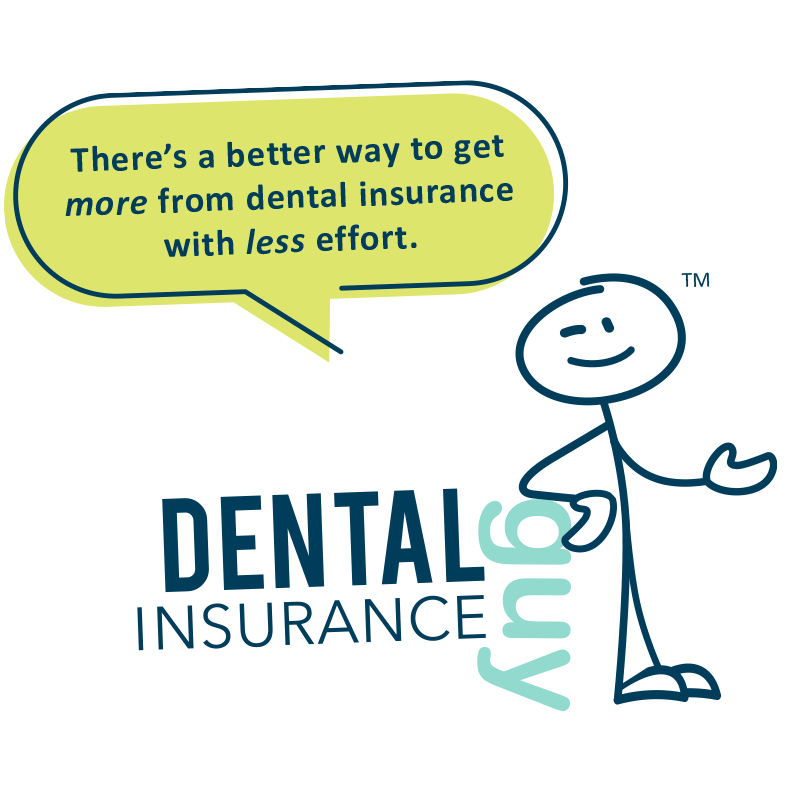Most of us prefer to spend our limited time each day on clinical dentistry, and as a result our focus on key business areas may slide. Over time, this lack of attention can lead to higher costs than necessary and may even impact our ability to provide for our families.
To maintain a healthy business, it’s important to reevaluate for improvements in efficiency and overhead at least once a year. However, during a worldwide pandemic, it is even more imperative to assess business practices and find ways to counter the rising costs of personal protective equipment (PPE) and other overhead expenses.
Here, I’ve put together six small changes that can make a huge difference in your practice:
1. Buy Instruments From The Same Manufacturer, But Pay LESS
The interesting part about an industry as small as dentistry is there are only a handful of manufacturers, but a ton of vendors. With a little bit of research, you can locate the same exact items and pay different prices depending on which company you order from.
I recently met one of the owners of Berman Instruments and have found this company is great to work with. Berman offers instruments made by the same manufacturer and of the same high-quality as what other nationally known vendors sell, but at a fraction of the cost. By buying direct from Berman Instruments, you save double.
I have ordered several different items through Berman Instruments and everything has been high quality. I wish I had heard about this company earlier, but they do not advertise much. That means you aren’t paying for their marketing budget, either.
Berman Instruments offers diagnostic, surgical, endo, operative and hygiene instruments as well as cassettes. Visit the Berman Instruments website to learn more.
2. Modify In-House Financing
Many offices provide both third-party financing, like CareCredit, and in-house financing, as well as a percentage discount for patients who pre-pay for treatment. The problem? If a patient does both, you are taking a double hit. To avoid this, I recommend making the options mutually exclusive. This minor change can save you a lot of money over time.
Here is how such an offer should be presented to a patient:
"Mrs. Jones, we can absolutely obtain financing for your treatment for as low as $99 a month. Or, if you would prefer to pay for your treatment in full, you’ll receive the 10% ($500) savings that comes with that option. What sounds like the better option for you?"
Remember, when you finance the expense of treatment, there’s a cost to the business. You must wait for the money and assume the risk of potential losses from default accounts. It does not make sense to allow patients to get a discount on top of that as well.
Other miscellaneous modifications you might consider making to financing include:
- Increasing minimums
- Adding an administrative fee
- Reducing more costly payment options. For example, cut the 24 month 15% CareCredit option and only offer the 18 month or less option.
- Moving long-term payment options to third-party administrators (team time is valuable).
3. Treatment Warranties
Most dentists will "stand by their work" in terms of replacements for a short period after installation at "no cost" to the patient—but we know this additional work costs the dentist in terms of materials, lab fees and time.
Many dentists do not think about having a written “warranty” program because they feel there are no guarantees when working in the mouth. While this is true, patients often expect work to last for a lifetime unless you specifically educate them that dental work does not last forever. Explicit dental warranties are more about educating patients on the expected lifespan of a restoration than they are about giving a "guarantee."
An alternative and potentially better option is to allow another company to take on that burden, paying you to redo any work needed while the patient pays for any additional expenses.
Companies like Dental Warranty allow offices to offer an extended warranty on expensive treatments. Somewhat like an insurance policy, the patient pays for the warranty insurance and in turn gets the security of knowing any necessary replacements will be fully covered anywhere in the country—for a period that’s much longer than what most dentists offer. This gives patients peace of mind, especially those who have made a significant investment and/or travel or move often.
For the dental office, working with such a company reduces the expense of replacement work. The office receives additional revenue up front, which can balance out the cost increase of PPE and other supplies.
To learn more contact brad.titensor@dw-corp.com.
4. Merchant Service Companies
Merchant services are companies that process the credit card transactions an office collects. There is little regulation in this industry, so you’ll find some companies charge up to 10 times more than others.
We recently switched to Apex Payment Solutions, which is run by a dentist and offers a lower price for this basic service. The good news about switching merchant service companies is once you are done, you likely won’t notice a difference—except to your pocketbook.
To learn more contact Zak@apexpaymentsolutions.com.
5. Find The Right Dental Lab
There are many labs around the country that provide basic services like crowns. As you know, the price of the same crown can range from $50 to $500 per unit across different labs. Unfortunately, the quality of the restoration does not always match the price.
Our office has tried different labs over time, and I’m pleased to say we’re now getting the highest quality crowns we’ve ever had. The best part? I am also paying less for crowns than I ever have. It may take some searching to find the right lab, but it can be well worth the effort!
6. Reevaluate Insurance Billing
Dental insurance is often completely misunderstood by dental teams, even those who have worked in the industry for years. The insurance industry is complex and often not clear or transparent about policies.
Here are a few areas that are commonly misunderstood in dental offices, resulting in lower revenue:
Non-Covered Services. These services will never be covered by an insurance policy. A common example is veneers and a less common example is fluoride for an adult. In 38 states, insurance companies cannot legally force a dentist to take a discounted fee on these services, yet the EOB typically doesn’t show this accurately. Offices that aren’t clear about which services are “non-covered” and subsequently accept a discounted fee are losing legitimate revenue. Understanding the specifics in your state can save your practice thousands of dollars a year in unnecessary write-offs.
Upgraded Services. Many dental services come with different options. For example, you could get a standard crown from a lab with average esthetics or you could get a custom shaded crown from the same lab for an added cost. Any added cost for an upgrade like this that’s above and beyond the "negotiated" fee of the insurance company contract agreement becomes the patient’s responsibility. Understanding how to manage upgrade and coding options and correctly billing patients for upgraded services can bring significant savings.
Complete Documentation. Finally, many offices struggle with getting reimbursement from insurance companies for legitimate services rendered. Usually, the problem stems from a lack of correct documentation. Insurance companies often require information that dental offices do not naturally capture. Understanding what information is important can mean the difference between dealing with dozens of crown and SRP denials versus obtaining ready approvals and reimbursement.
If you would like to learn more about insurance, I suggest you check out the popular online, on-demand CE course "Understanding Insurance and PPOs.” It’s available HERE:
Moving Your Practice Forward
Work smarter, not harder! None of these options require doing dentistry any differently. Simply taking time out to educate yourself and your team in a few of these business areas can pay off handsomely over time.
A lot of changes have come to dentistry this year. With some effort and smart choices, you can come out of this as a stronger, more profitable office.

For every problem dental insurance creates within an office, there is a solution. We at the Dental Insurance Guy are here to provide those solutions. We find ways to help maximize the dental insurance benefits your patients are paying for, while at the same time making it less problematic for you and your team!
Are you ready to significantly reduce your dental insurance frustrations? Would you like to achieve higher reimbursements, fewer denials, and happier patients? Check out Dental Insurance Guy, a membership community led by Dr. Travis Campbell. Membership provides you and your team with 24/7 access to up-to-date information about all aspects of today's dental insurance landscape. Get access to insurance basics, live virtual events, on-demand CE, direct guidance, resources and more.
 By:
By: 



